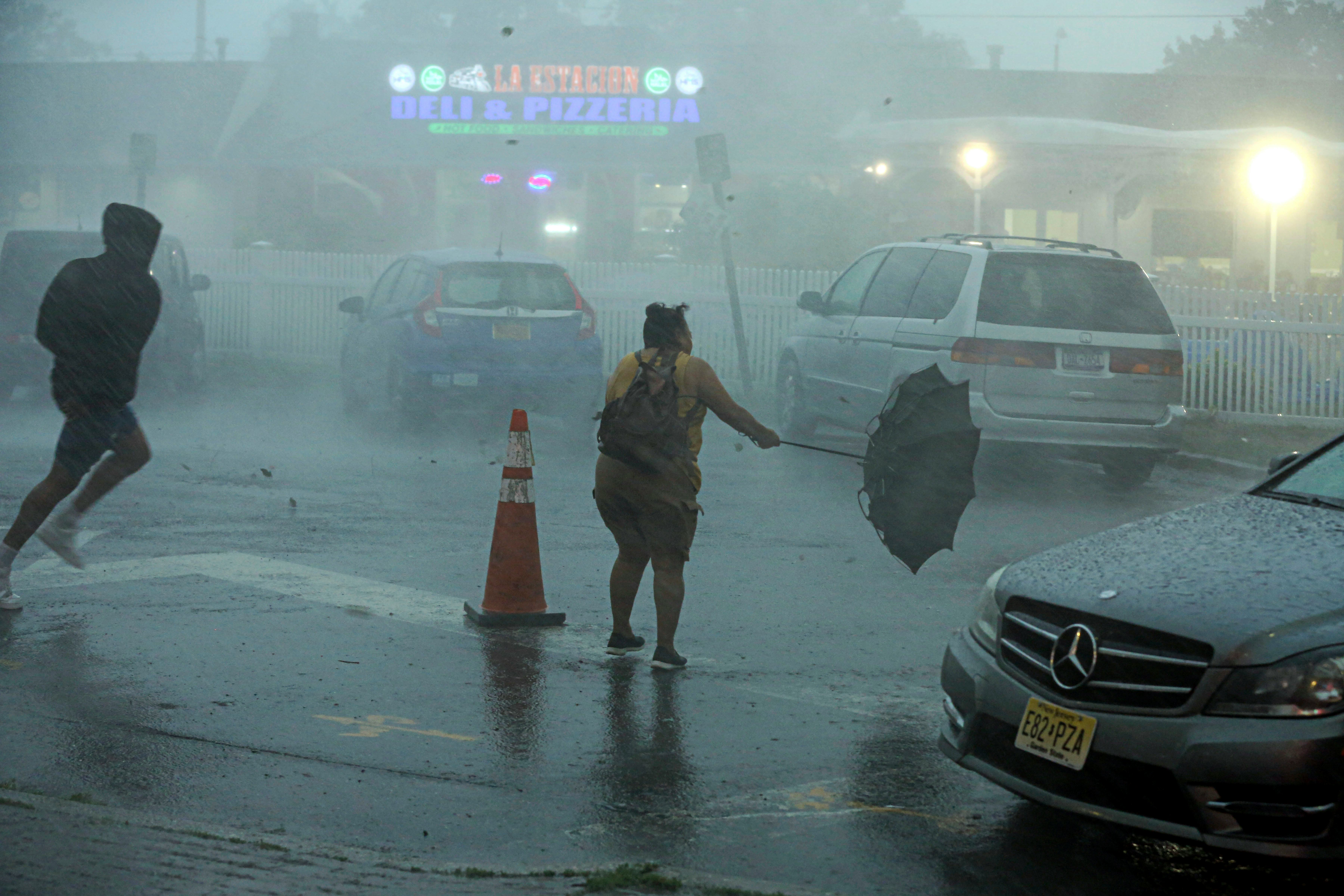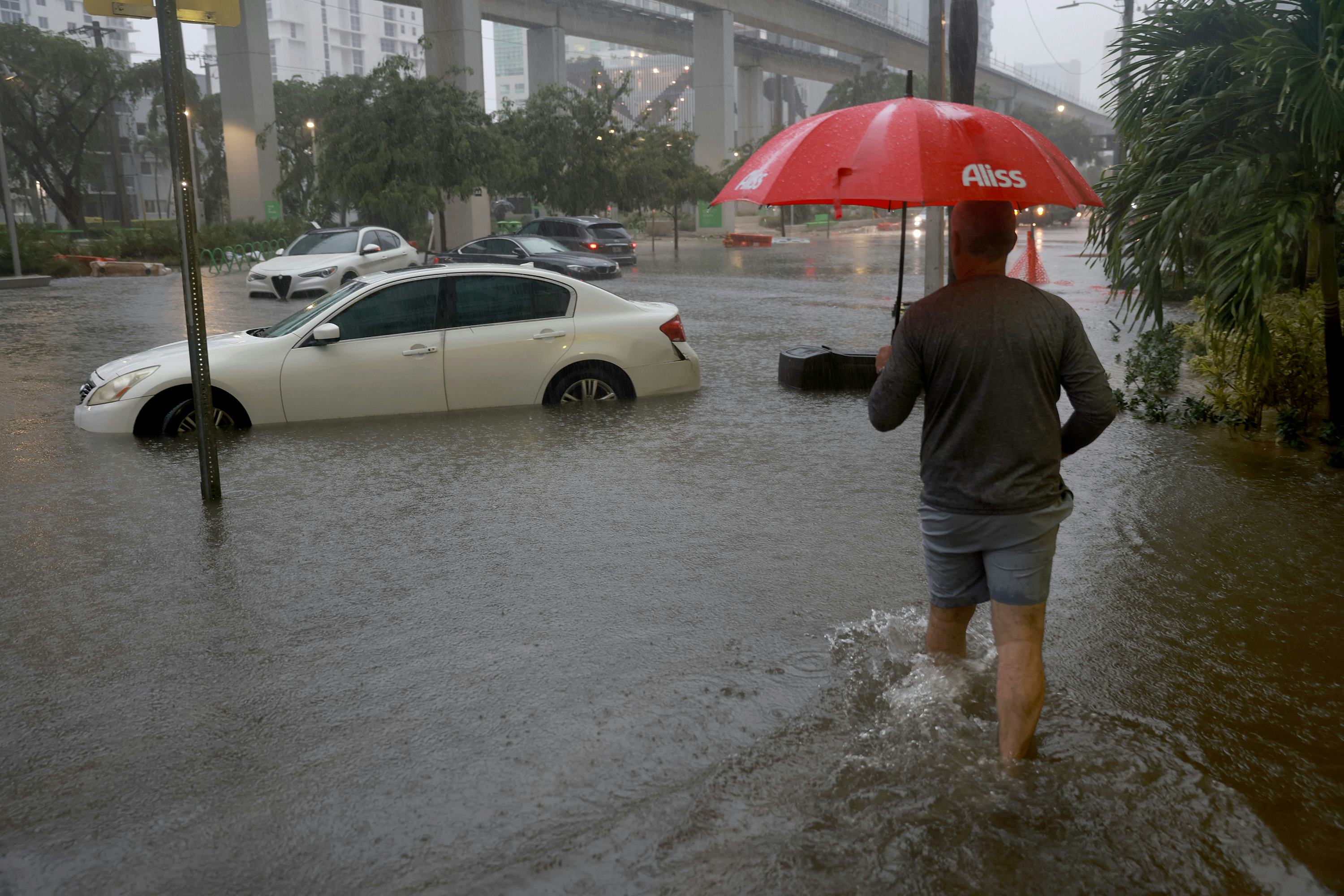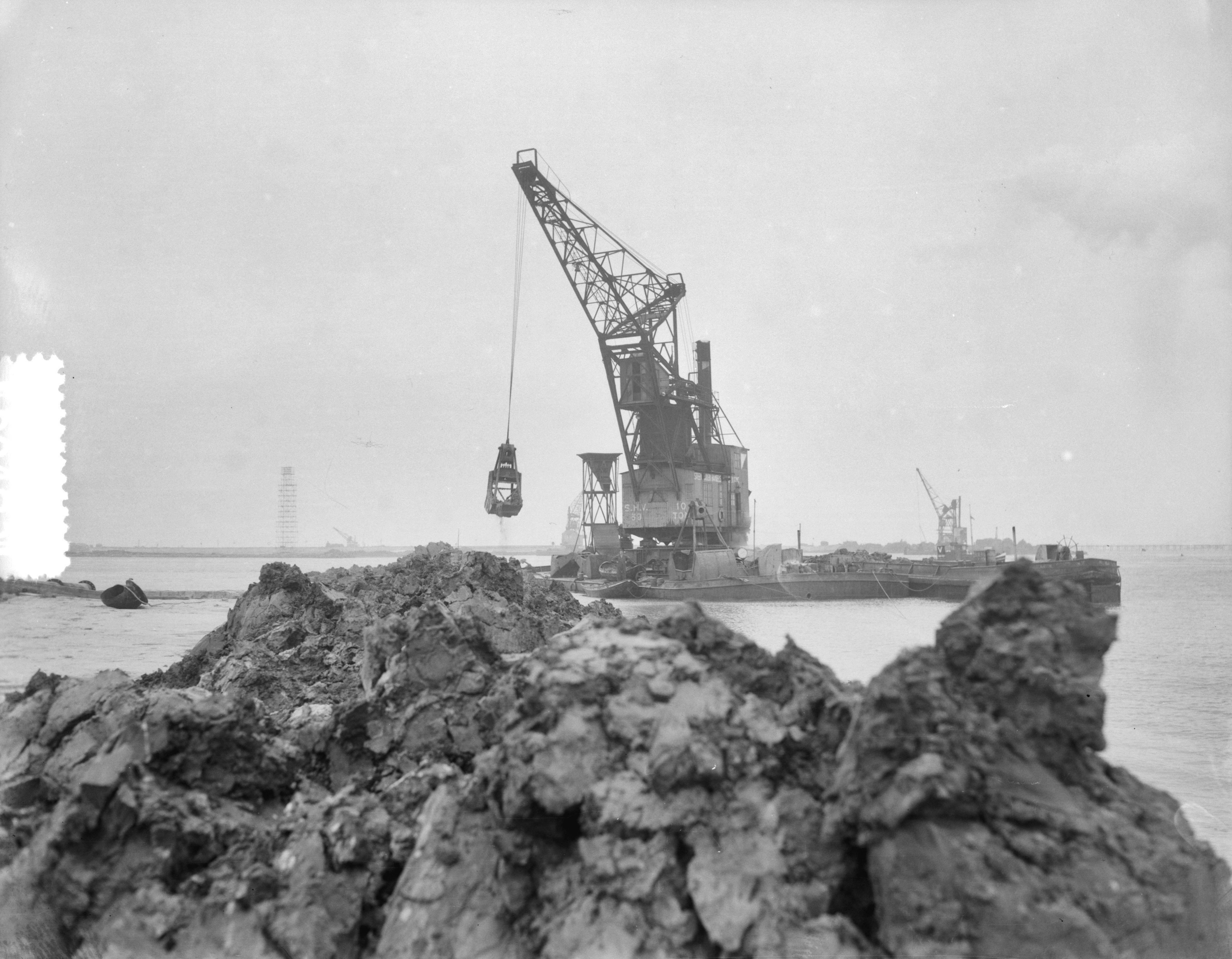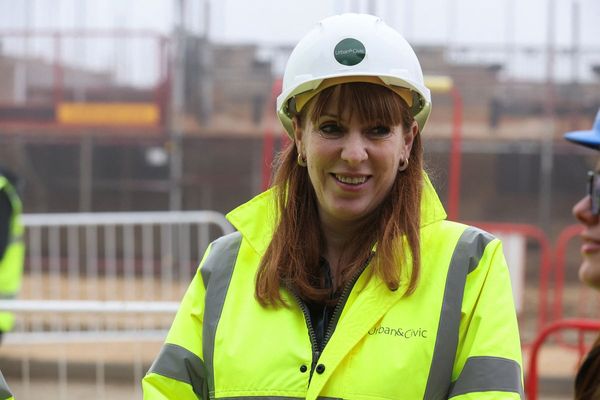
Apocalyptic stories about train stations swallowed by floods and drowned basement apartments may be extreme, but for people living in packed urban areas on the coast, rising water is reality. In fact, city infrastructure often exacerbates storms since paved ground can’t absorb water. Storm runoff can endanger residents even more — and cause flash floods.
It’s already bad — and whether you live in New York or Seattle, it will get worse. The United States’ coastline expects to see a foot of sea level rise by 2050, according to the National Oceanic and Atmospheric Administration. Twelve inches of extra water would submerge a significant chunk of land and leave the country’s coastal communities increasingly vulnerable to floods during extreme weather like hurricanes. Altogether, more than 2.5 million U.S. coastal homes and buildings, collectively worth around $1.07 trillion, may live with disruptive flooding by 2100.
Engineers and city planners can try to minimize the damage, there’s a problem: Preventive action takes years of planning ahead to be effective, and if you’ve ever lived in one, you know that cities aren’t predictable. In 50 years, who can say if a given neighborhood will comprise sparse single-family homes or a dense condo conglomeration? Will it be surrounded by parks or parking lots?
Most flooding analyses assume current neighborhood layouts will remain the same in the cities of the future, Anna Braswell, a coastal ecologist with the University of Florida, tells Inverse.
“We have these very static ideas about the way the world is,” she says. “The world’s not static.”

What Zillow reveals about future cities
A new study offers a little more clarity as to how evolving cityscapes might fare amid sea level rise. Using data from the real estate company Zillow, ecologist Braswell and her team tracked two centuries of development in U.S. cities, paying close attention to the areas that are now most vulnerable to rising water.
The study was published in PLoS One.
The analysis reveals crucial trends in the growth of our seaside metropolises. Most concerningly, the researchers found that by 2015, over a third of land within zones expected to see sea levels rise as much as six feet was developed for people to use and live.
To try and understand why someone would build up land that may soon be underwater, Braswell’s team took a closer look at the familiar U.S. trend — how East Coast cities ballooned in size before cities on the Gulf and West coasts, and how ocean-adjacent locales generally tended to expand before inland ones.
To give you an idea of just how crowded the U.S. coasts are today, they found that between 1950 and 2000, these regions saw a 446 percent increase in new structures as people living there developed 220 percent more of the land. Suburban expansion accounts for a lot of the work, as well as Americans flocking to live in the Sunbelt states after World War II. Overall, the zones most vulnerable to sea level rise have become more densely populated and expanded at higher rates than inland regions.
The paper notes that each region progressed in different ways. For example, along the Pacific coast, cities have developed a relatively small chunk of the land that is susceptible to sea level rise. The Southeast, meanwhile, has increasingly beefed up the population within these zones since the late 20th century.
Out of all of the regions, the Gulf coastline could become a future city hotspot because it’s been the least utilized so far.
Todd BenDor, an environmental planner at the University of North Carolina who wasn’t involved in the study, says he was impressed by the data set Braswell analyzed.
“A big issue has been, how do you really study this without spending — not exaggerating — years just putting together these data sets,” said BenDor.
Much of Braswell’s work confirms trends already suggested or documented in other studies, reinforcing the need for the United States to adapt its aging, vulnerable, and tightly packed coastal infrastructure. This is particularly relevant because coastal regions seem to have slowed their expansion and focused instead on beefing up dense areas.

Working ahead of disaster
As Braswell and her co-authors note in their new study, fundamental differences among regions of the U.S. call for varying solutions.
On the East Coast, for example, cities are already comparatively packed. What’s more, many of the houses and apartments were built before modern building codes were established. In these cases, retrofitting old buildings — taking what’s already there and rendering it disaster-proof — may be especially helpful.
In November 2021, for example, New York City announced a pilot program to adapt their infrastructure against future climate disasters. One option they may entertain: storm-proofing the pipes and ducts that run underground.
“New York is a perfect example of a place where a lot of the city’s arteries are located underground,” says Braswell, which could leave necessities like water or electricity defenseless in a storm.
Boston’s government is also thinking ahead, and has announced plans to flood-proof their subway tunnels.
Meanwhile, the Gulf and West coasts may benefit from a different approach. After all, state and local governments in these areas have more opportunities to keep people out of harm’s way simply by banning new buildings in flood-prone areas.
In Florida, the Coastal Construction Control Line regulates areas around beaches and dunes, requiring developers to set new buildings relatively far from the water. New digs must also be able to withstand storm winds and surges by, for instance, propping them high up from the ground.
Cities can also work to modify flood insurance, which can disincentivize living in or constructing certain buildings. “How you set up those incentives really affect how these markets operate,” says BenDor. In some areas, generous flood payouts or other policies may actually place more people in harms’ way by encouraging them to settle in hazardous areas.
One surprising, counter-intuitive finding from Braswell: After a hurricane, you might think that cities in high-risk areas would scale back construction — but, in fact, they often tend to build back denser, possibly due to older, now-damaged buildings being torn down and replaced with newer ones.
In these cases, changes to building codes or regulations could limit new construction or ensure the buildings that do crop up in crowded areas are prepared to withstand the next storm.

The bigger picture
Solutions like stilts and fixed-up pipes factor into a more complex equation of flood preparation. After all, the excess water needs somewhere to go. For that reason, some cities are creating reservoirs to help control flooding. Bangkok is constructing underground containers for water, for instance, and in Rotterdam, Netherlands, the government is converting ponds, garages, and parks into emergency reservoirs. When a storm hits, water will be channeled to and caught in these areas instead of rushing into homes or businesses.
Other places are investing in ways to hold back the sea, such as in Tokyo, where the government has built “super levees” wide enough to fit whole streets’ worth of buildings, or the massive flood gates known as MOSE that now protect Venice. This isn’t a new concept, though. Cities have also used land reclamation for centuries in countries like the Netherlands, where artificial islands were raised from the seabed.
Another option is what’s known as “nature-based solutions,” which have recently been deployed around the world. Ho Chi Minh City in Vietnam, for instance, created the Can Gio Mangrove Biosphere, which protects nearby mangrove forest. They’ve also planted more trees and called for residents to participate by monitoring deforestation. In countries including the U.S., cities are planting helpful vegetation or coaxing oyster reefs to return.
For some communities, the best option may be to pack up and move, a strategy known as managed retreat. It’s often undertaken by small groups, but the massive city of Jakarta, Indonesia, is now relocating over a million people. By 2050, sea level rise will force around 300 million people living in coastal areas worldwide to relocate.
None of these solutions will prove to be easy. Managed retreat, for instance, can be devastating for the communities involved. And adaptation strategies have the potential to backfire and create new environmental hazards. Such risks will undoubtedly fall on low-income households and people of color, who often bear the brunt of environmental disasters.
While Braswell notes how further development around the globe is both inevitable and necessary to accommodate growing populations, mindful strategies can help communities adapt to incoming floods. “It’s a new concept that I’m not sure we’re really the best at figuring out yet,” she says.







